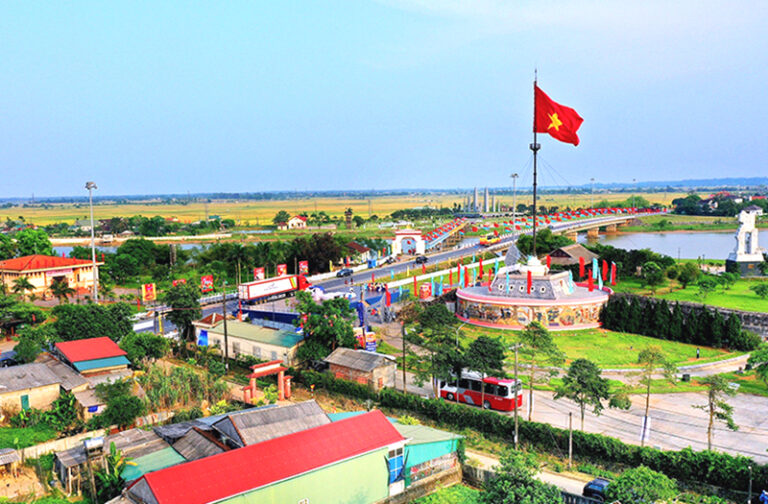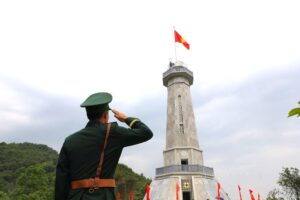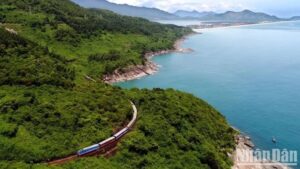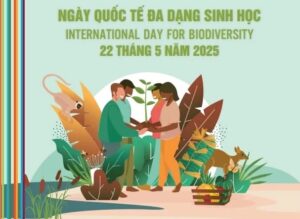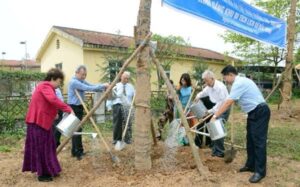Being situated in a tropical monsoon region, Vietnam suffers from dreadful natural disasters every year. More seriously, the abnormality of weather and the levels of devastation have increased considerably over recent years.
As Vietnam is meteorologically located in the Western Pacific region, which is one of the two biggest storm centres in the world, it faces between 5-10 storms and tropical low pressure systems a year. When these storms hit Vietnam, they cause huge losses of human life and damage to property. Even though not many whirlwinds and hailstorms are recorded every year, they cause huge damage worth billions of Vietnam Dong.
Natural calamities have proven abnormal in recent years, with many storms changing their direction to hit the central and southern regions instead of the north, as before. Residents in provinces such as Thanh Hoa, Nghe An, Ha Tinh, Quang Binh, Quang Tri and Thua Thien-Hue have struggled to survive powerful storms and violent floods.
In places where local residents rarely face storms, erratic weather conditions can cause huge losses of human life and damage to property. It is worth to note that typhoon Linda swept across the south-western region in 1997, killing more than 3,000 fishermen and sinking over 1,000 fishing vessels. It took the region several years to restore the local fishing industry due to a lack of personnel.
To minimise the consequences of natural disasters, it is necessary to make accurate weather forecasts and release early warnings to help communities to prepare for any bad weather. However, these two tasks have not been done well in the past.
Vietnam’s forecasting ability remains poor. The historic heavy downpours late last year with rainfalls measuring more than 500mm cost the capital city of Hanoi more than VND3,000 billion in damage. The rain – the heaviest in four decades – had been forecasted as “slight rain”.
In another case, due to incorrect forecasts, typhoon Chan Chu in 2006 took the lives of 158 fishermen in Quang Nam and Quang Ngai provinces and Da Nang City. Several regional weather forecasting centres had forecasted the exact course of typhoon Chan Chu four days before it entered the East Sea, but the national hydro-meteorological forecasting centre did not.
The meteorological sector admitted making mistakes, saying that their equipment was out-of-date, personnel were not up to standard and their forecasts mostly focused on population centres.
After the disaster, the sector enhanced its forecasting abilities, and as a result, people were warned of more accurate forecasts of storms and tropical low pressure systems in time. However, erratic phenomenon such as whirlwinds and hailstorms remain a big challenge for the sector.
In addition, the state of preparedness against natural disasters reveals weaknesses, especially in the management of fishing vessels, communications and public apathy.
Even though Vietnam has adopted measures to cope with natural disasters effectively, this should be integrated into the national programme on climate change. By doing so, Vietnam will be able to minimise the consequences of natural disasters.



